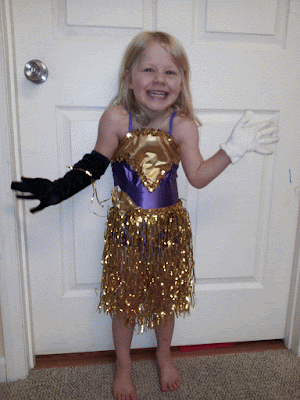My Google Tools for Educators class is coming to a close, but I have gained so many useful skills that I will continue to utilize every day! I have made some changes in my class, and my students are LOVING it. In fact, this week, we are doing our first-ever paperless writing project! They wrote procedural papers in Google Docs and submitted them to me in a shared folder. Next, I will grade them on a rubric through Google Sheets and place it in our shared folder, as well. We're saving the planet - one Google project at a time! So amazing!
Now on to the latest tool we learned about:
Google Sites:
This was a very exciting week for our class because this is a tool that I can immediately use - as is - for my class. Google Sites (or rather - The NEW Google Sites - launched in November 2016), is an easy-to-use website builder. As with most Google tools, it's fairly intuitive.
Watch this video to see how to get started.
This link will take you to the Google Sites page, which is an alternative route to get started (similar to opening up the Sheets page first to begin a new Google Sheet). From there, you also have the option to go back to the Classic Google Sites version.

I wouldn't recommend starting a new website using the classic version because that version will eventually be phased out. Read this for more info directly from Google.
Now that your site is started, how do you add content? I'm so glad you asked! Here you go...
Once content is added, you can start to customize your website to meet your preferences. Here's how...
When your website is exactly how you want it, you can click that big, blue "PUBLISH" button at the top. Now you're ready to pass along your brand new web address!
Some tips:
- As with most Google applications, you have the option to collaborate. Just click on the "add editors" button, and share away. This would be perfect for a grade level team, so they can all go in and add their own content.
- When you are adding content from your Google Drive, make sure that the files are set to "anyone with the link can view." Otherwise, no one will be able to see your content, which defeats the purpose. Here's how.
Overall, I really enjoy using Google Sites. Those that like more options for fonts, themes, etc may find this interface fairly limiting, but because this new version of Google Sites just went live less than four months ago, I think we will see more possibilities in the future. I believe it's best to start out simple and add more choices as you go.
I will leave you with my own classroom website to peruse at your leisure. Enjoy!











